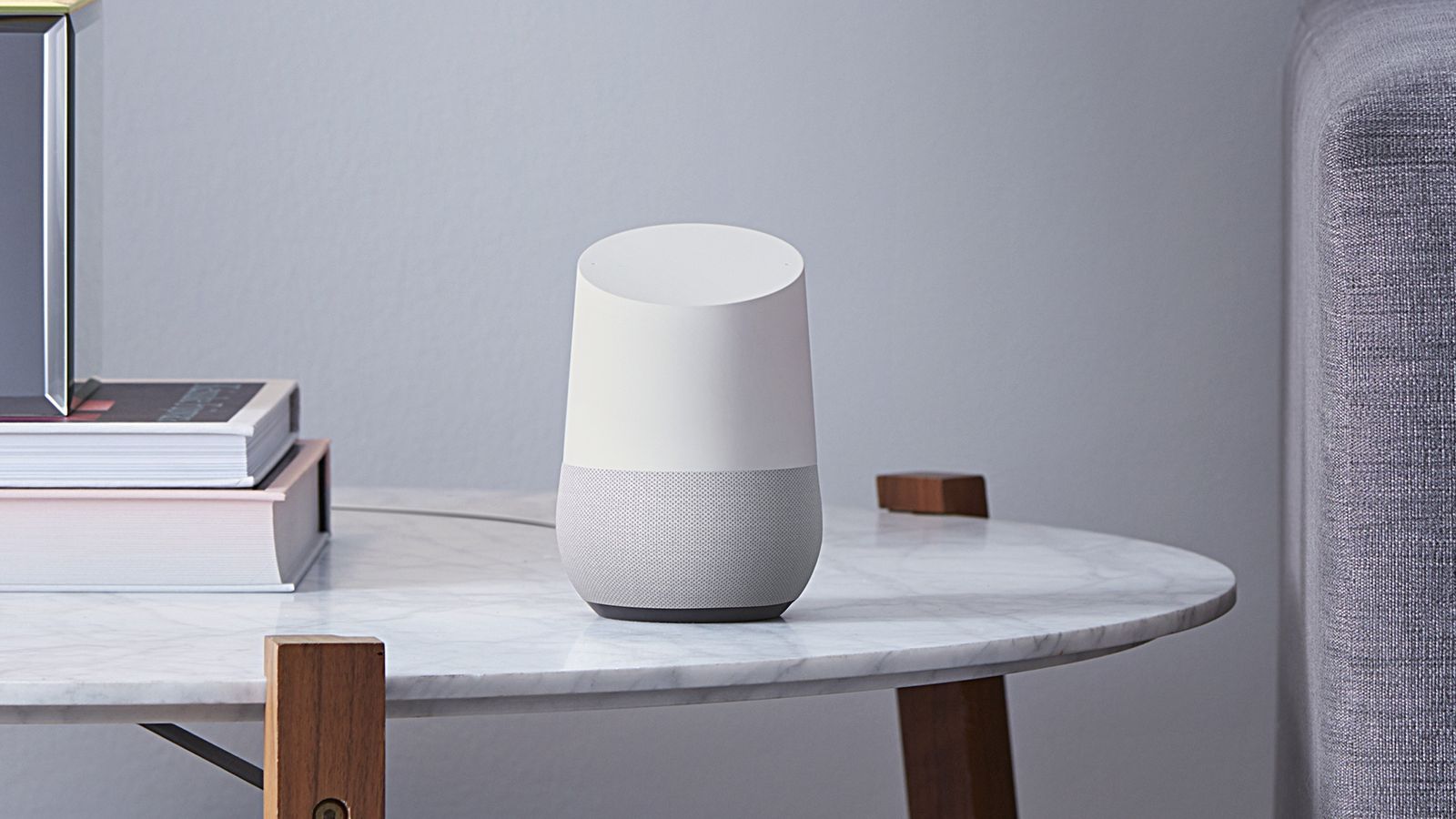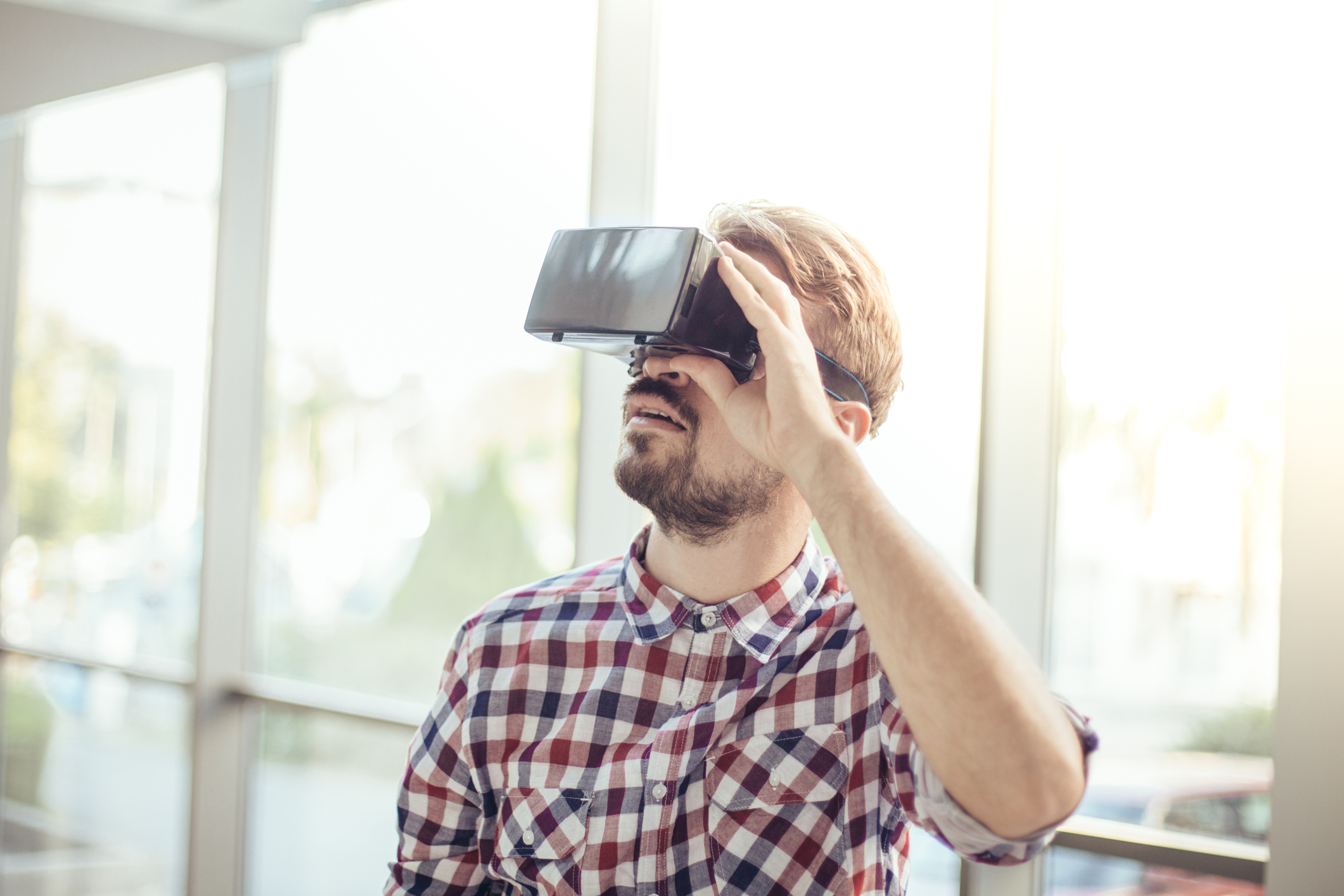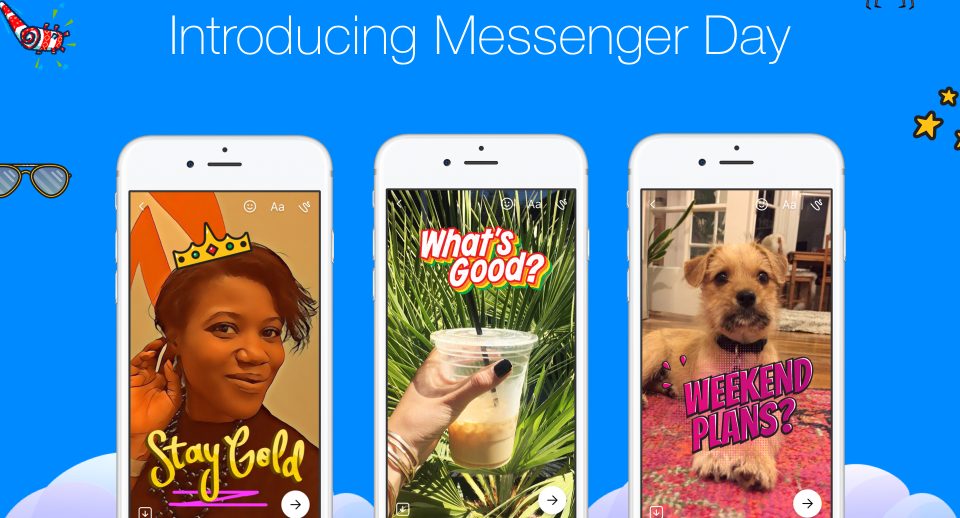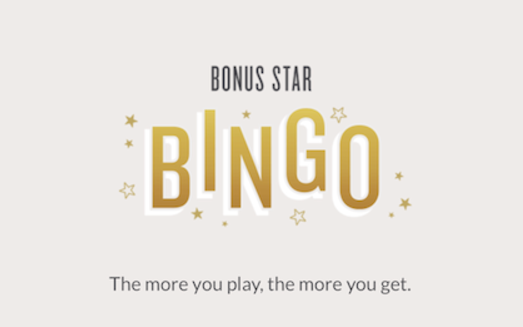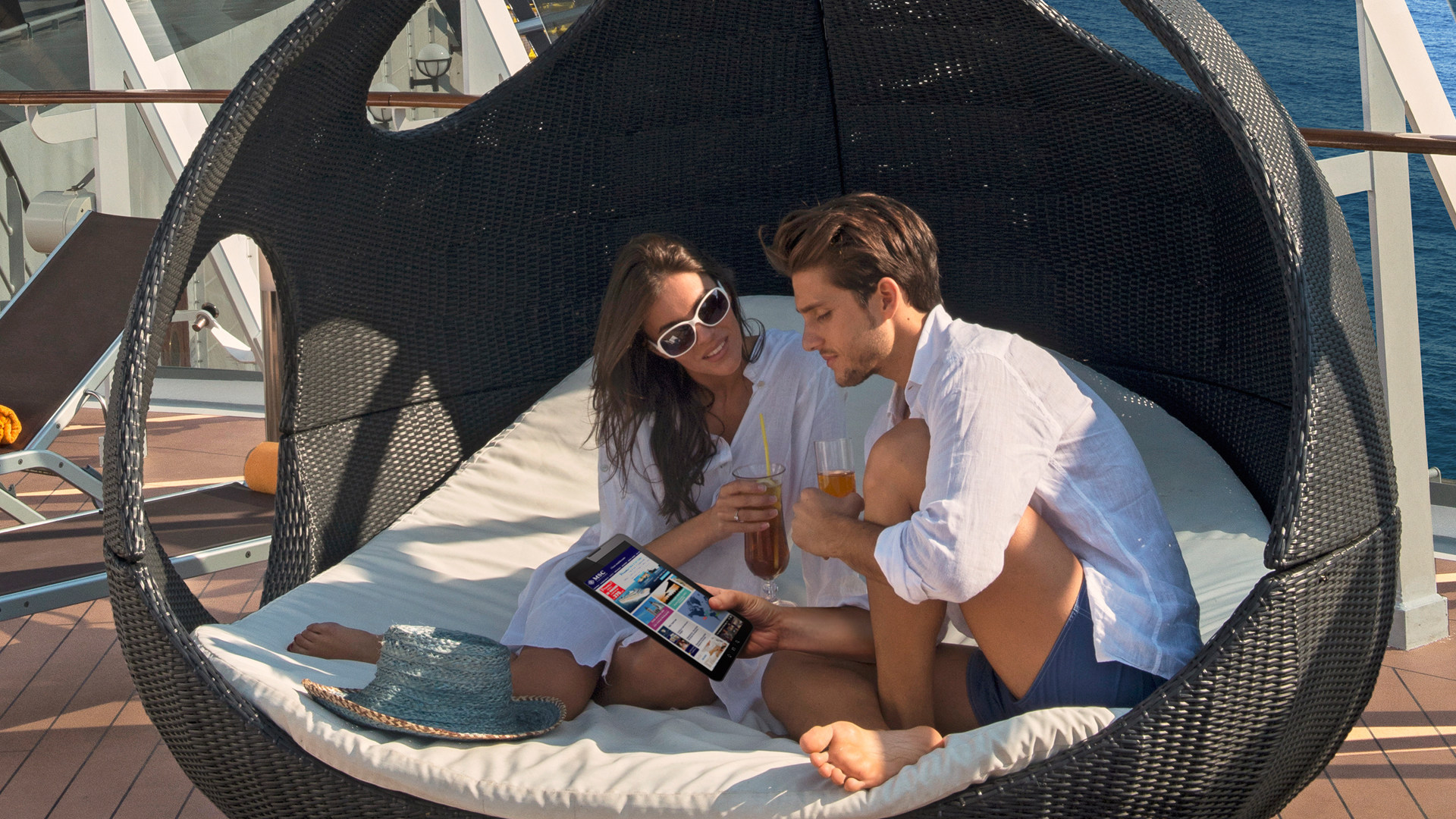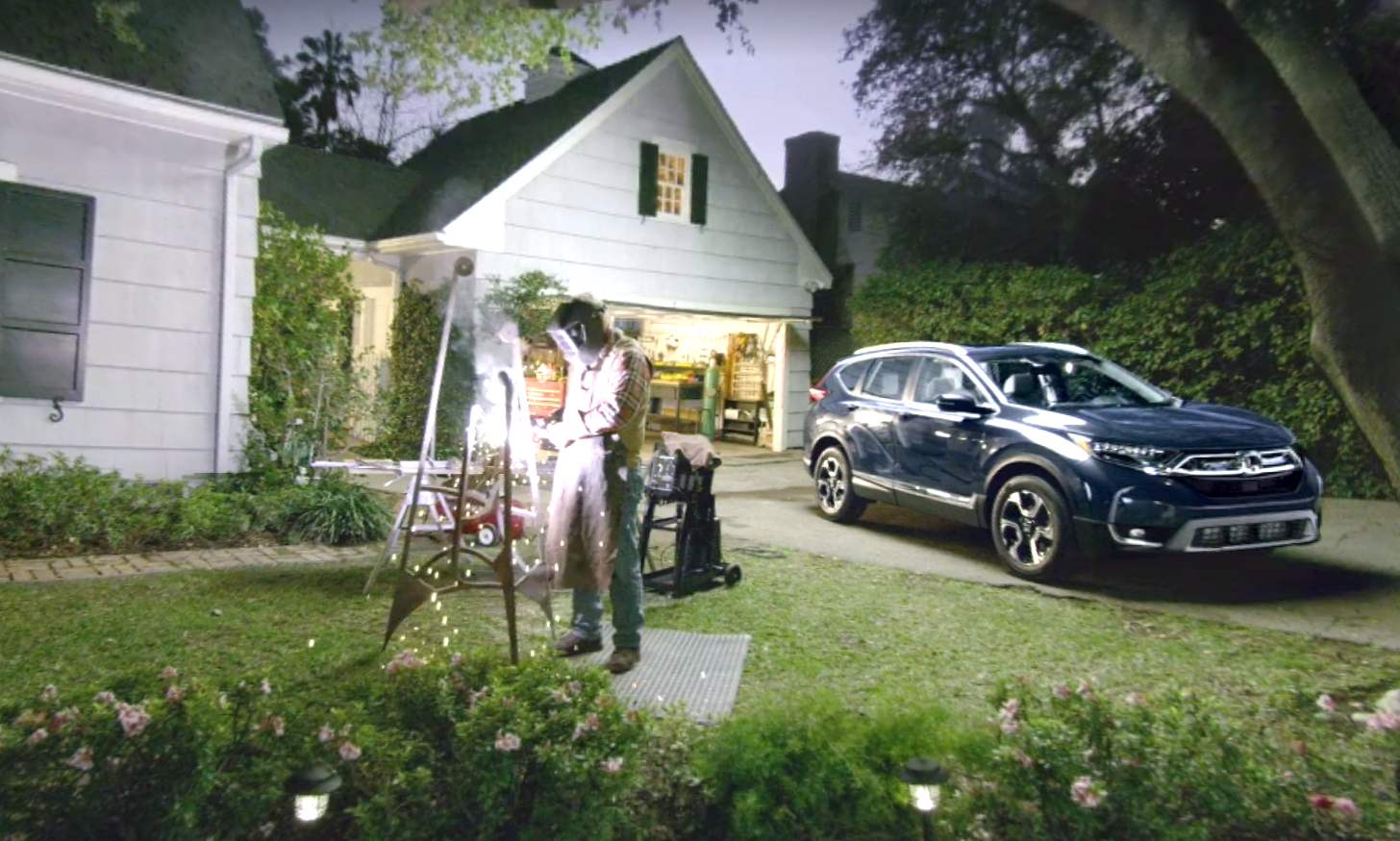What Happened
ABC is teaming up with The Huffington Post to explore audio ads delivered via the voice=based interfaces of Amazon Alexa and Google Assistant. Aiming to promote the launch of the upcoming season of “American Crime,” the Disney-owned network will work with HuffPost to integrate content into the publisher’s existing Daily Flash Briefing on Amazon Alexa and Weekly News Quiz on Google Home throughout March.
What Brands Need To Do
This partnership marks one of the first advertiser integrations into an existing conversational skill. By plugging American Crime within HuffPost’s news briefing skills, ABC devices a winning strategy to reach an informed and socially invested audience demo via Google Home and Amazon Echo devices. As Amazon and Google begin to build an ad model on their virtual assistant services, it is important that marketers start to develop a conversational strategy and find the right partners to deliver their brand messages.
How We Can Help
The Lab has extensive experience in building Alexa Skills and chatbots to reach consumers on conversational interfaces. So much so that we’ve built a dedicated conversational practice called Dialogue. The “Miller Time” Alexa Skill we developed with Drizly for Miller Lite is a good example of how Dialogue can help brands build a conversational customer experience, supercharged by our stack of technology partners with best-in-class solutions and an insights engine that extracts business intelligence from conversational data.
If you’d like to learn more about how to effectively reach consumers on conversational interfaces, or to leverage the Lab’s expertise to take on related client opportunities within the IPG Mediabrands, please contact our Client Services Director Samantha Holland ([email protected]) to schedule a visit to the Lab.
Source: AdAge
